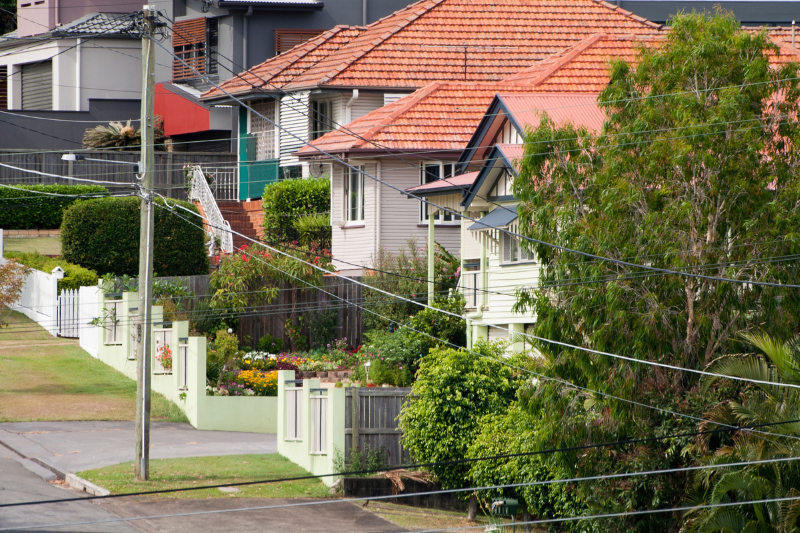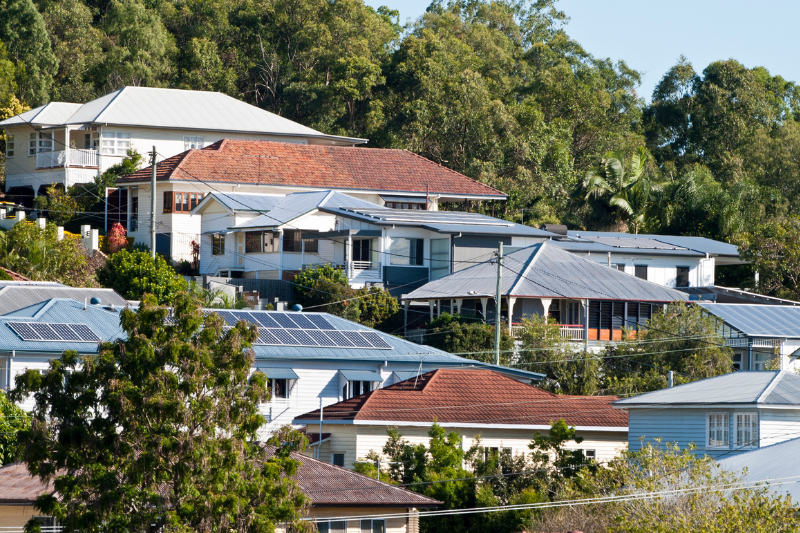Brisbane is full of post-war homes. They were built quickly in the 1950s during the baby boom and for soldiers to return home from the war. Although post-war homes are desirable and in respected suburbs, their housing style is basic. Post-war house renovations in Brisbane are something that should be well planned and thought out.
Is renovating a post war house in Brisbane worth it?
The humble post-war home isn’t like its senior, the Queenslander. The 1940s to 1950s was an era of function over form, with World War II and the Great Depression cutting back on opulence. The post-war house was born from the ruins of this difficult period. People saught a home with less rather than more.
If an unrenovated post-war house is too basic for you, it could be time to think outside the box. A renovation is a popular option because post-war homes are literally a blank canvas, thanks to their simple design. A post-war house renovation means you can still live in the suburb of your choice, and if it’s a good one, then a renovation is a no brainer.
How to get the most out of your post-war house renovation in Brisbane
Getting the most out of your post-war house renovation will ensure that the process is worth it. Although the houses are desirable and hold much history, they no longer align with modern-day taste. A revamp of the exterior and interior is a good move. If that’s the direction you want to take, here are some tips to get the most out of your renovation.

Have a building inspection
Post-war homes were built with hardwood frames, roofing tiles, and fibro wall lining. At the time, these were the best materials available. However, left untouched, they won’t be up to today’s standards. You want an external structure that is appealing and durable. Thus, renovating the house will be worth it if you’re going to enhance its look and safety. That’s where a building inspection comes in.
When buying a post-war home to renovate, get an experienced building inspector to check the property over. It’s likely there’s much original left.
A building inspection is more than a cosmetic check. It checks structural issues that could quickly put your renovation on hold if you don’t know about them before you buy the property. Defects like a leaking roof thanks to cracked, original roof tiles, rusted gutters and downpipes, outdated electricals, bathroom water leaks, old stumps, and asbestos are common.
There’s no point in having goals and dreams to renovate, only to have them ruined by hidden problems. A building inspection will arm you with information to negotiate the right price and repairs, so it doesn’t come from your renovation budget. A pre-purchase inspection report is powerful.
BOOK AN INSPECTION
Engage an architect
You may think that renovating a post-war home will be relatively straightforward, considering the simplicity of the structure. But even though the post-war home is on the conservative side, it can be challenging to see beyond this and make the most of the original framework you have. When you engage an architect to help with the design, you’ll be able to realise the full potential of your post-war home.
Start with the external structure
The post-war homes in Brisbane were built fast, and because of this, they often lack good building structure and materials. For this reason, it’s a good idea to start with the home’s exterior during the renovation period. This renovation will involve using cement sheet cladding, weatherboard housing materials, and wall cladding. These will rebuild the structure and strengthen it to withstand all weather.
Although Brisbane is a primarily hot climate, it can be susceptible to rainfall and storms. Thus, restructuring your home through cladding and weatherboarding will build resistance and durability.
Add more space
Although the blocks of land that post-war houses are built on are a desirable size, the size of the house is often not. If you have a growing family, the small to medium-sized homes may not be satisfactory. Thus, you might want to add more space.
When you are renovating the exterior, use this time to extend the property. You could add on to an external wall and make another room. Or add an exterior building for other guests or purposes. Adding more space will make the post-war home feel more modern and functional.
Rotate the home
Post war homes in Brisbane were typically built on stumps which means the house can be lifted and rotated to suit your needs. Turning the house may help your interior receive more sunlight or make the front garden more purposeful and inviting.
We’re not real estate agents, but we’ve inspected plenty of post-war homes in our time and have seen the potential (and risks) these properties can deliver. They have the potential to deliver on more space, a modern look and a safer structure. However, you’ve got to do your homework and get the professionals on board.
